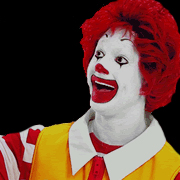Early in 2003, fast-food giant McDonald’s announced losses of $343.8 million for the final quarter of 2002. It was the first time in the company’s 48-year history that it had reported red ink. In addition to the losses, which resulted from a drop in sales, there was a sharp drop in the company’s share prices. At the time, many people wondered if this meant that the fast-food hamburger model, as we have known it until now, was exhausted. A few months after this happened, McDonald’s responded with a new global marketing strategy that claims to rejuvenate its image and maintain its leadership in the fast-food market. Is this strategy going to work in the long term?

Sign up to stay informed about our latest article releases.